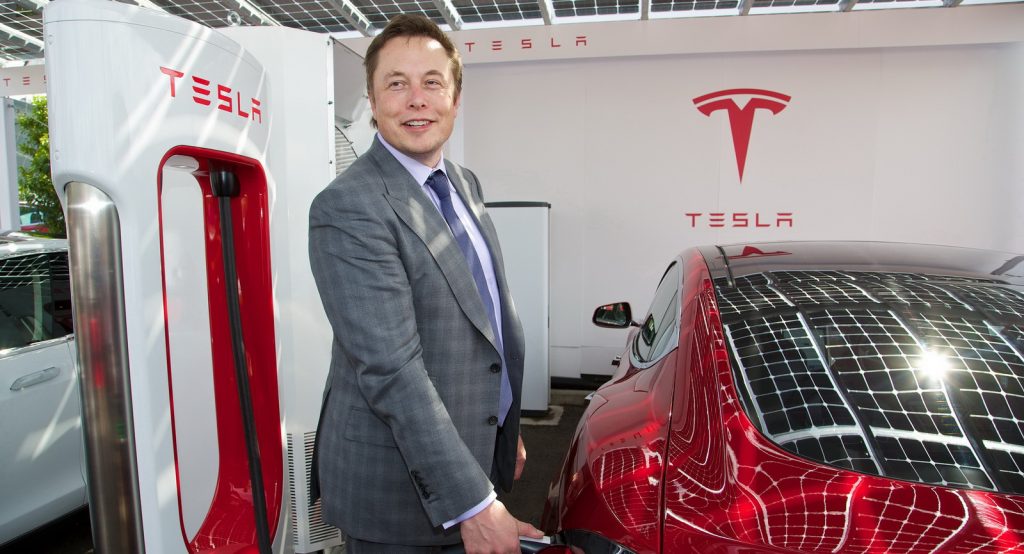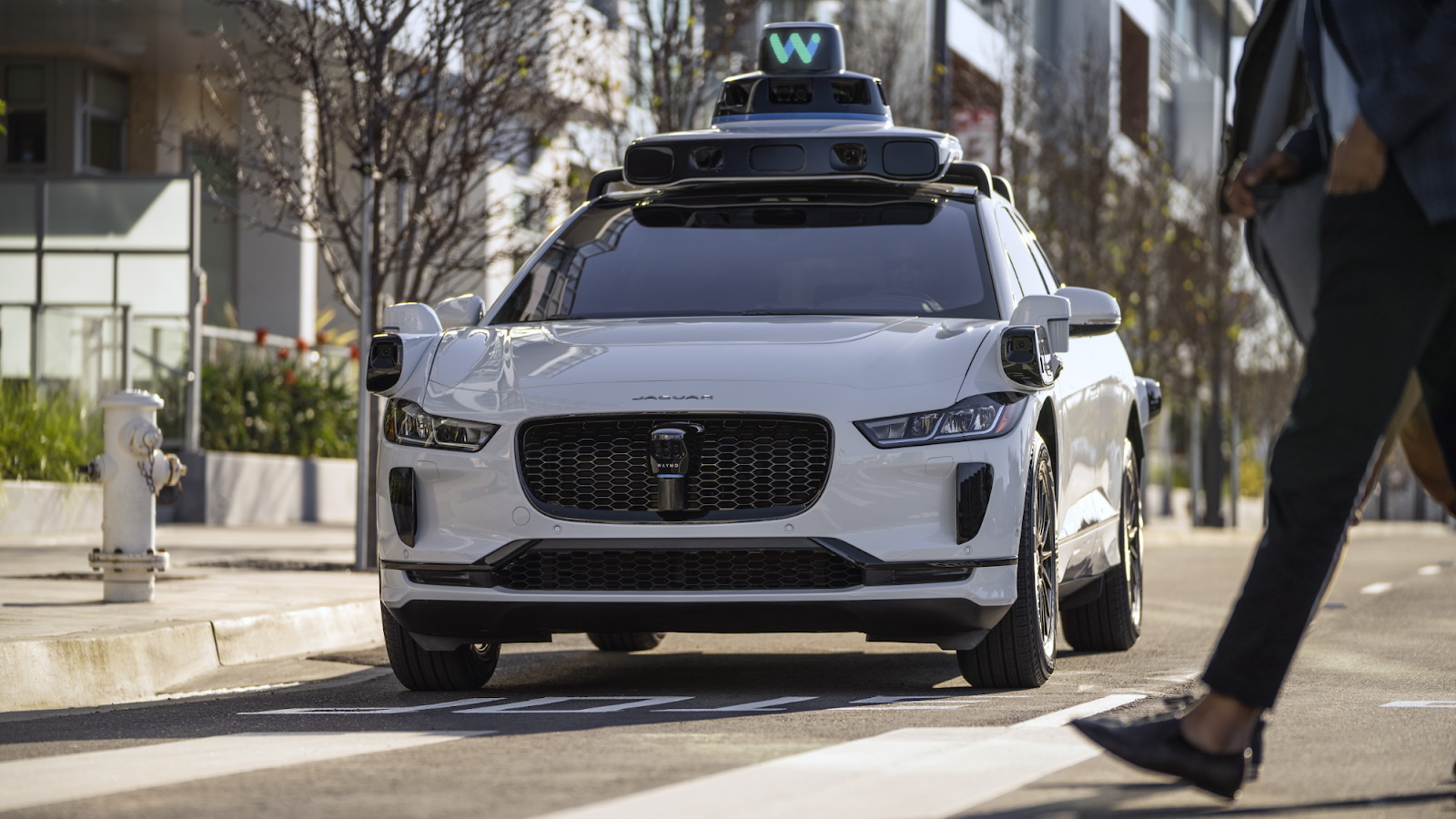It was only a matter of time before Elon Musk to responded to the recent comments made by Waymo’s CEO John Krafcik on Tesla’s Autopilot.
Musk went on Twitter saying: “To my surprise, Tesla has better AI hardware & software than Waymo (money)”, highlighting the budget of the Google-owned technology company.
Krafcik previously said in an interview that he doesn’t consider Tesla to be a competitor to Waymo, adding that Tesla isn’t developing a fully-autonomous driving system but a “really good driver-assistance system”, as the EV maker’s system still requires a licensed driver behind the wheel monitoring the ‘Full Self-Driving’ system and to be able to take over control at all times.
Read More: Tesla Will Never Achieve Full Autonomy With Autopilot, Says Waymo Boss
To my surprise, Tesla has better AI hardware & software than Waymo (money)
— Elon Musk (@elonmusk) January 25, 2021
In addition, Waymo offered further clarification on their CEO’s comments on Tesla, providing the full transcript of the interview Krafcik gave to Germany’s Manager Magazin to Forbes.
“Tesla is a car company making a really good driver-assist system. And I think Tesla does a really good job in their legal statements warning the drivers of those cars to pay attention, to keep their hands on the steering wheel, and reminding the human driver that they’re the ones in control of the car. So no Tesla is not a competitor at all. They’re a car company making a driver assist system. We’re a company making a fully autonomous driver.”
“One thing we do believe is that it’s a discontinuous step function b/t a driver-assist system and a fully autonomous system. So the idea that you can just someday magically leap from one to another is a big leap of judgment and faith. Again just based on the experience we’ve had, understanding what’s required from a sensing and perception standpoint compared to the sort of capabilities that are in the very basic and rudimentary driver assist systems that we see on the road today – it’s orders of magnitude difference in terms of sensor capabilities and sensor robustness.”
“And that’s just the first (step), right. After sensing and perception comes the really hard part of predicting the movement of all of the agents on the road in front of you and then planning your path around those agents. That takes massive, massive skills and massive capabilities in AI and machine learning competencies. I think it’s something that we’re very, very well suited for and are quite good at. I think it’s challenging for others to have that capability and also be good at making cars.”





